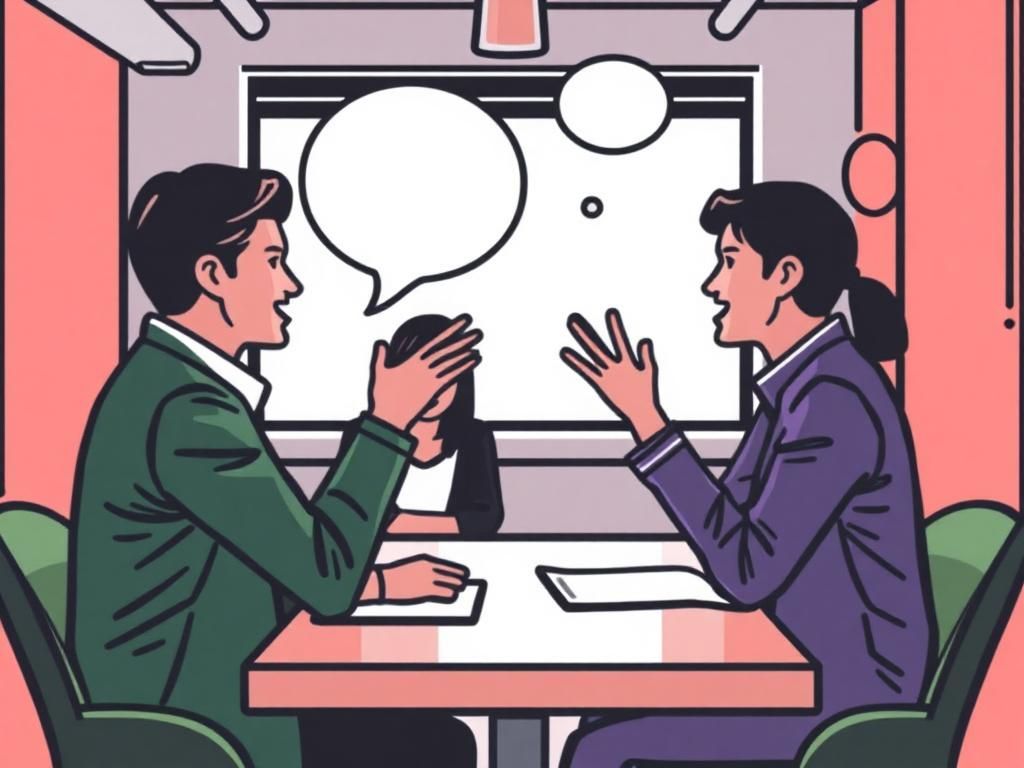The term “chatingly” has emerged as a fascinating addition to contemporary language, reflecting the evolving nature of how we communicate. While seemingly simple, the concept captures a myriad of social dynamics and cultural nuances. Rooted in the word “chat,” which denotes informal conversation, “chatingly” enhances our expressions by introducing a characteristic touch to dialogue, making it more lively and approachable.
The significance of exploring the term “chatingly” is multifaceted. It holds cultural and social relevance as societies increasingly engage in digital communication. The internet has not only facilitated rapid exchanges but has also altered our linguistic landscape. As language continues to evolve, understanding terms like “chatingly” can offer insights into broader patterns in communication and social interaction.
The Linguistic Landscape of “Chatingly”
Origin and Etymology
To grasp the essence of “chatingly,” we must delve into its origin. The term is derived from the root word “chat,” implying a casual conversation. The addition of the suffix “-ly” transforms it into an adverb, emphasizing the manner of communication. The influence of other languages, particularly those rich in colloquial expressions and digital vernacular, has also shaped its usage. With English being a melting pot of linguistic influences, “chatingly” showcases how words can adapt, shift, and grow over time.
Usage in Contemporary Language
The frequency of “chatingly” in both written and spoken forms is a testament to its growing popularity. In examining various linguistic databases, one can observe that the term is increasingly used across social media platforms and in personal communications. Geographic variations in usage are also noteworthy, with urban centers often adopting the term more readily than rural areas, where traditional language forms tend to dominate.
Contextual Applications of “Chatingly”
In Social Media
On platforms where brevity and expressiveness are valued, such as Twitter and Instagram, “chatingly” has found a comfortable home. Users incorporate the term into their bios, posts, and tweets, enhancing their online personas. For instance, a social media profile might read: “Living chatingly and embracing every moment!” This playful use captures a conversational spirit that resonates with audiences.
In Personal Communication
In personal communication, whether through text messages, chats, or emails, “chatingly” influences the conversational tone and style. The use of “chatingly” can convey a sense of informality and warmth, making interactions feel more genuine. For example, a text from a friend saying, “Let’s catch up chatingly over coffee” invites a casual, open-ended conversation.
Psychological and Social Implications
Impact on Interpersonal Relationships

The way we use “chatingly” can significantly affect interpersonal relationships. Language shapes tone and sentiment; therefore, using this term often fosters a positive atmosphere. It can help maintain friendships by establishing a shared understanding and connection between individuals. The playful nature of “chatingly” encourages open dialogue, allowing friends to express themselves more freely.
Emotional Resonance
The psychological effects of “chatingly”-based language cannot be overlooked. Incorporating this term often brings an uplifting tone to conversations, enhancing the mood and atmosphere. By promoting a friendly and informal style, “chatingly” enables individuals to express positive emotions, which can be particularly valuable during challenging times.
“Chatingly” in Popular Culture
References in Literature
Authors have recognized the power of conversational language, often employing “chatingly” to create relatable, informal dialogue. Works by contemporary writers like David Foster Wallace or Zadie Smith showcase passages that contain this evocative term, providing readers with a taste of everyday conversation rendered in writing. Such literary examples not only enrich the text but also illustrate how language connects us.
“Chatingly” in Music and Film
In music and film, the term “chatingly” can shape character dynamics and drive plots. For instance, a song that captures dialogue such as “Let’s chat chatingly, just you and me,” could become emblematic of relationships founded on informal, candid conversation. Similarly, films often incorporate this term to depict realistic interactions among characters, emphasizing relatability and emotional depth.
The Future of “Chatingly”
Trends in Language Evolution
As we look ahead, predictions regarding “chatingly” suggest that it may continue to evolve in meaning and relevance. The influence of technology, especially in terms of digital communication and social media, will play a pivotal role. As new platforms emerge and communication styles change, “chatingly” could adapt to fit various linguistic contexts, possibly even giving rise to new derivatives or related terms.
Social Attitudes Toward Language Innovation
Acceptance or resistance towards terms like “chatingly” reflects broader social attitudes towards language innovation. While some may embrace the dynamism of language evolution, others might resist such changes, preferring traditional forms of expression. Educators and linguists play an essential role in shaping these perceptions, guiding public understanding of the significance of adaptable language.

Conclusion
In summary, “chatingly” emerges as a term steeped in cultural and social relevance, highlighting the ongoing evolution of language. The significance of this word lies not only in its playful nature but also in its capacity to foster connection and express emotions in a rapidly changing communication landscape. As readers engage with dynamic shifts in language, they are encouraged to explore the nuances that terms like “chatingly” bring to their personal and social lives.
Frequently Asked Questions
What does “chatingly” mean?
The term “chatingly” refers to the manner of engaging in informal conversation, often characterized by warmth and approachability.
Where did “chatingly” originate?
The term derives from “chat,” with the suffix “-ly,” signifying a conversational style that is friendly and informal.
How is “chatingly” used in social media?
“Chatingly” is used to enhance expressions in social media profiles, posts, and captions, encapsulating a lively conversational tone.
What are the psychological impacts of using “chatingly”?
Using “chatingly” in communication can promote a positive atmosphere, fostering openness, comfort, and emotional connection between individuals.
Is “chatingly” found in literature?
Yes, contemporary authors often use “chatingly” to create relatable characters and dialogue that mirrors everyday conversations.
Will “chatingly” continue to evolve?
As language is dynamic, “chatingly” may continue to develop, adapting to new technological influences and changing communication styles.
Are there specific contexts where “chatingly” is more appropriate?
“Chatingly” is often most appropriate in informal settings like text messages, social media, and casual conversations, where a relaxed tone is suitable.
How can I incorporate “chatingly” into my conversations?
You can incorporate “chatingly” by using it to describe the way you or others communicate informally, such as saying, “We’ll discuss it chatingly over coffee.”
What role do educators play in language evolution?
Educators help shape attitudes towards emerging terms, guiding students in understanding the relevance and changing nature of language over time.
What resources are available for further exploration of language trends?
Numerous online forums, books, and articles explore language evolution. Engaging with these resources can deepen your understanding of contemporary language dynamics.
Summary of Key Points
| Key Point | Description |
|---|---|
| Definition | “Chatingly” refers to informal conversation style. |
| Origin | Derived from “chat” with an adverbial suffix. |
| Usage | Common in social media and personal communications. |
| Impact | Influences tone, sentiment, and relational dynamics. |
| Cultural References | Found in literature, music, and film. |
| Future Trends | Expected to evolve with technological advancements. |